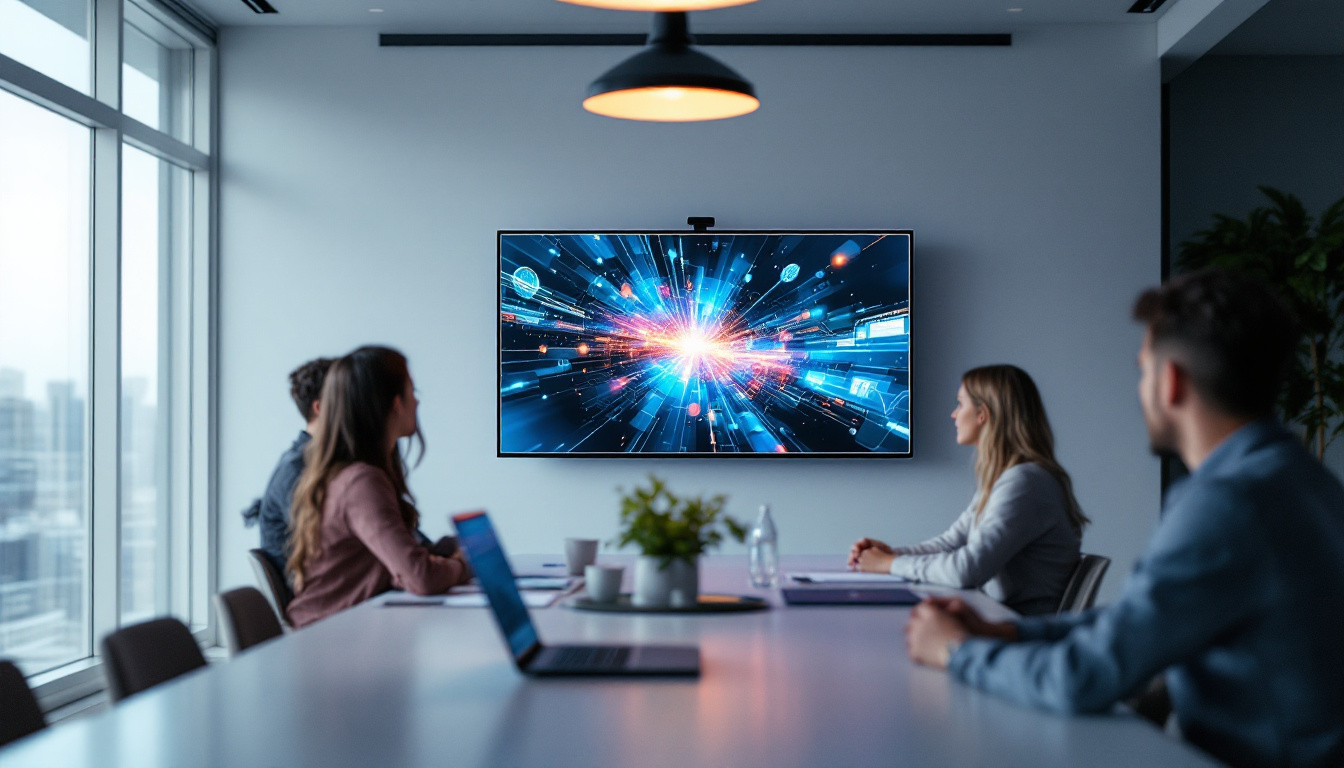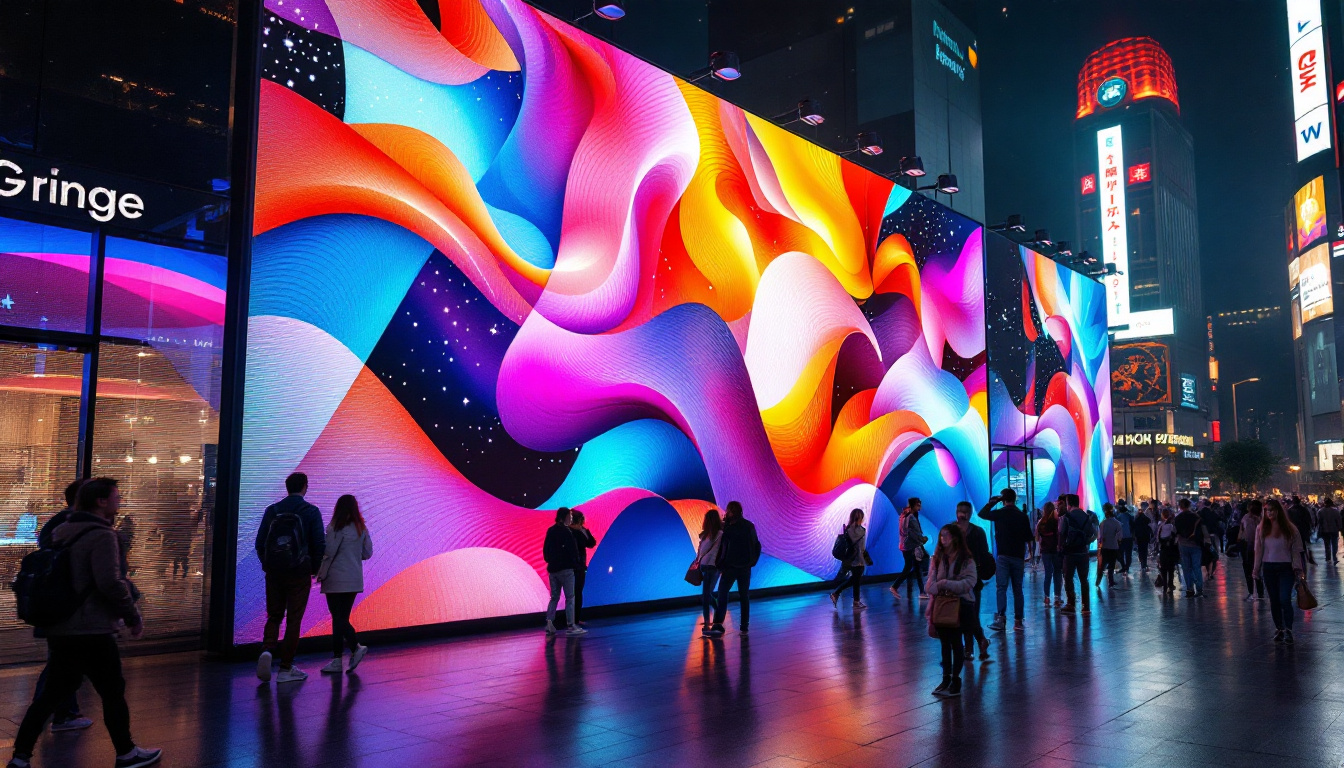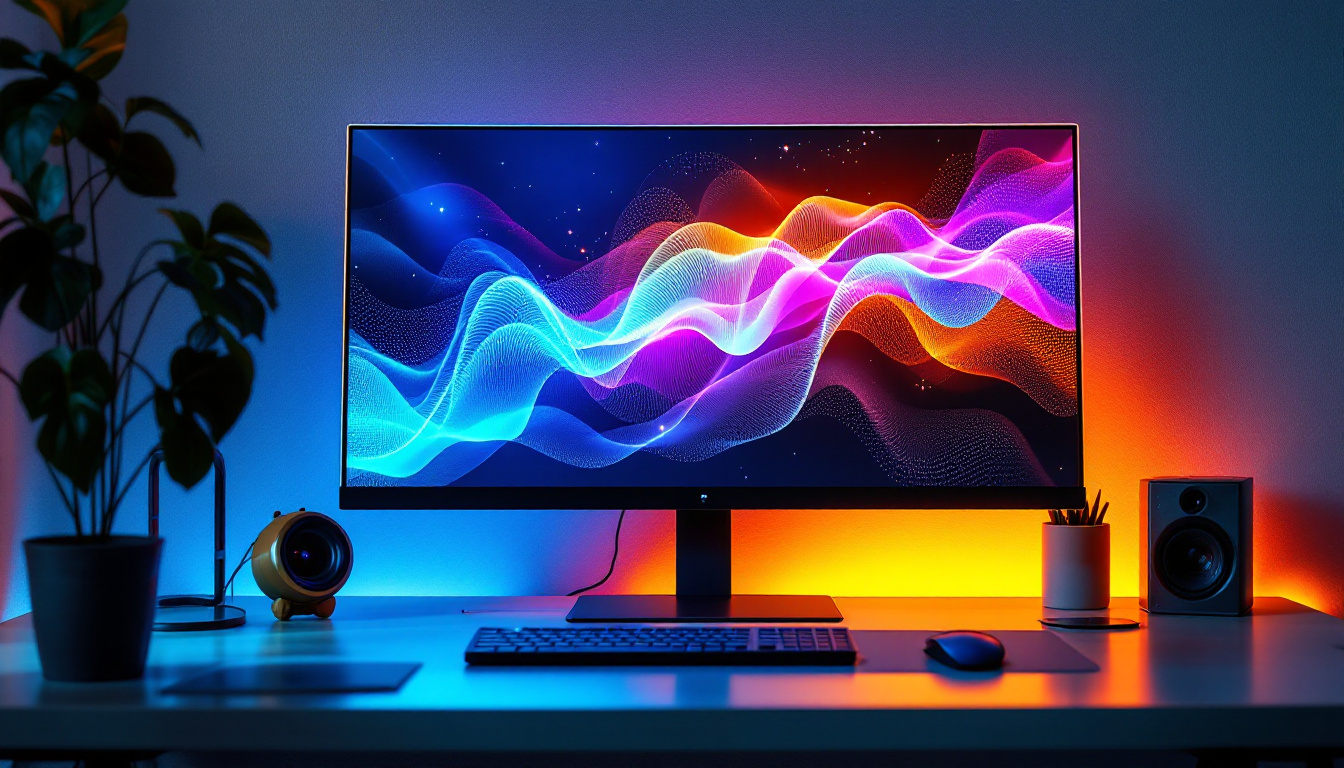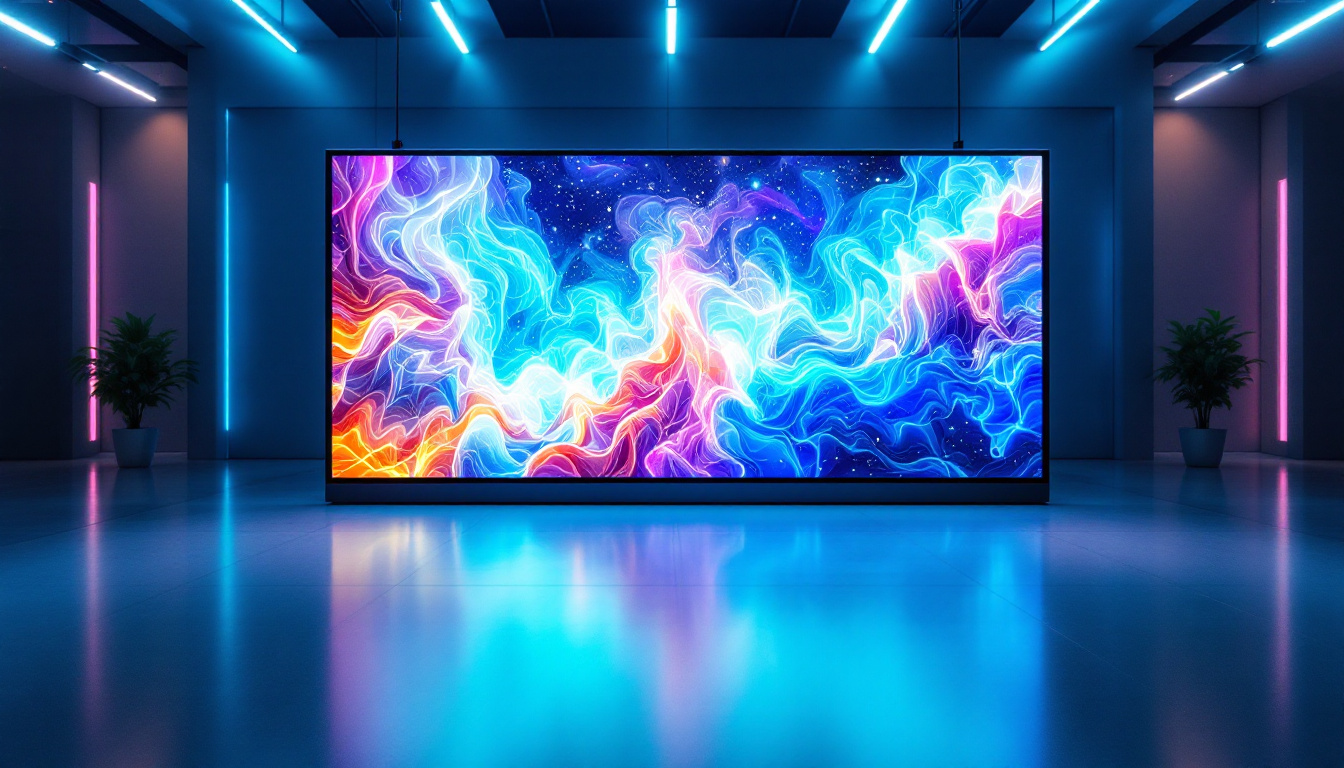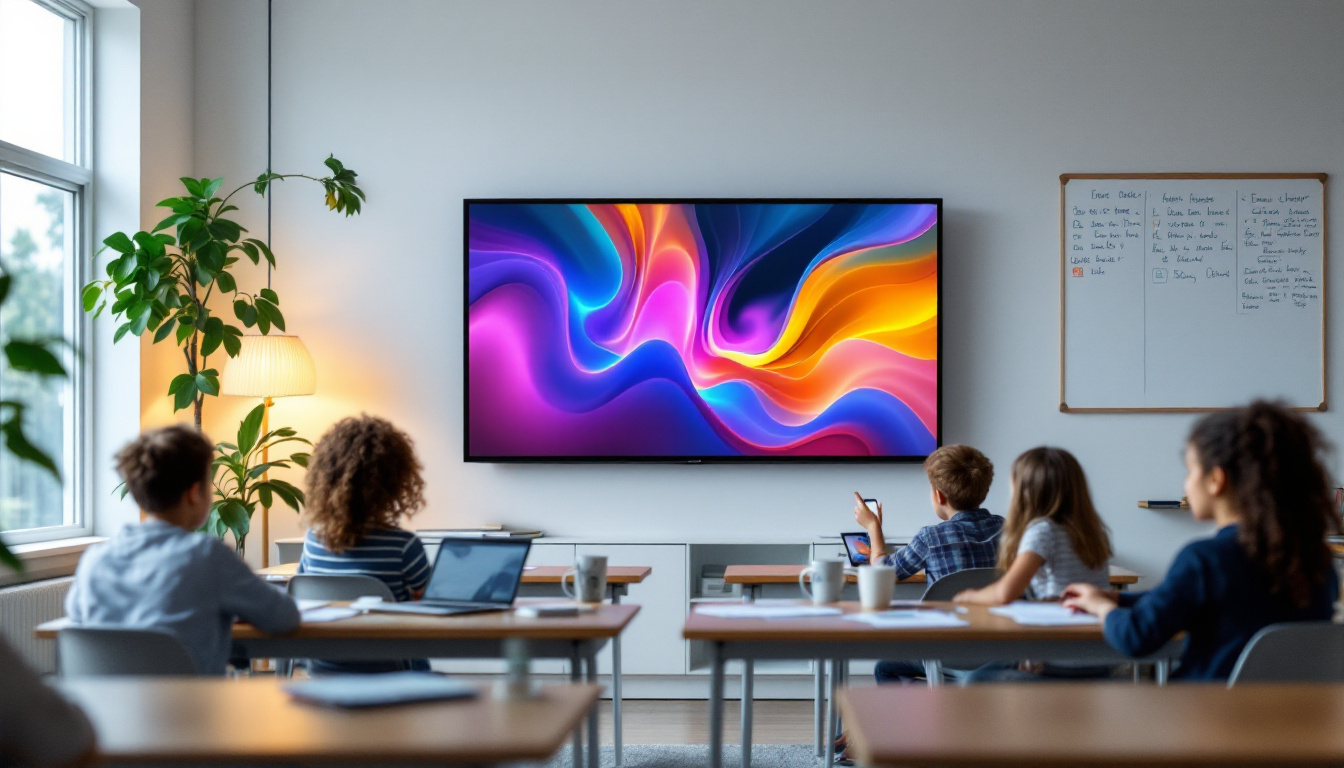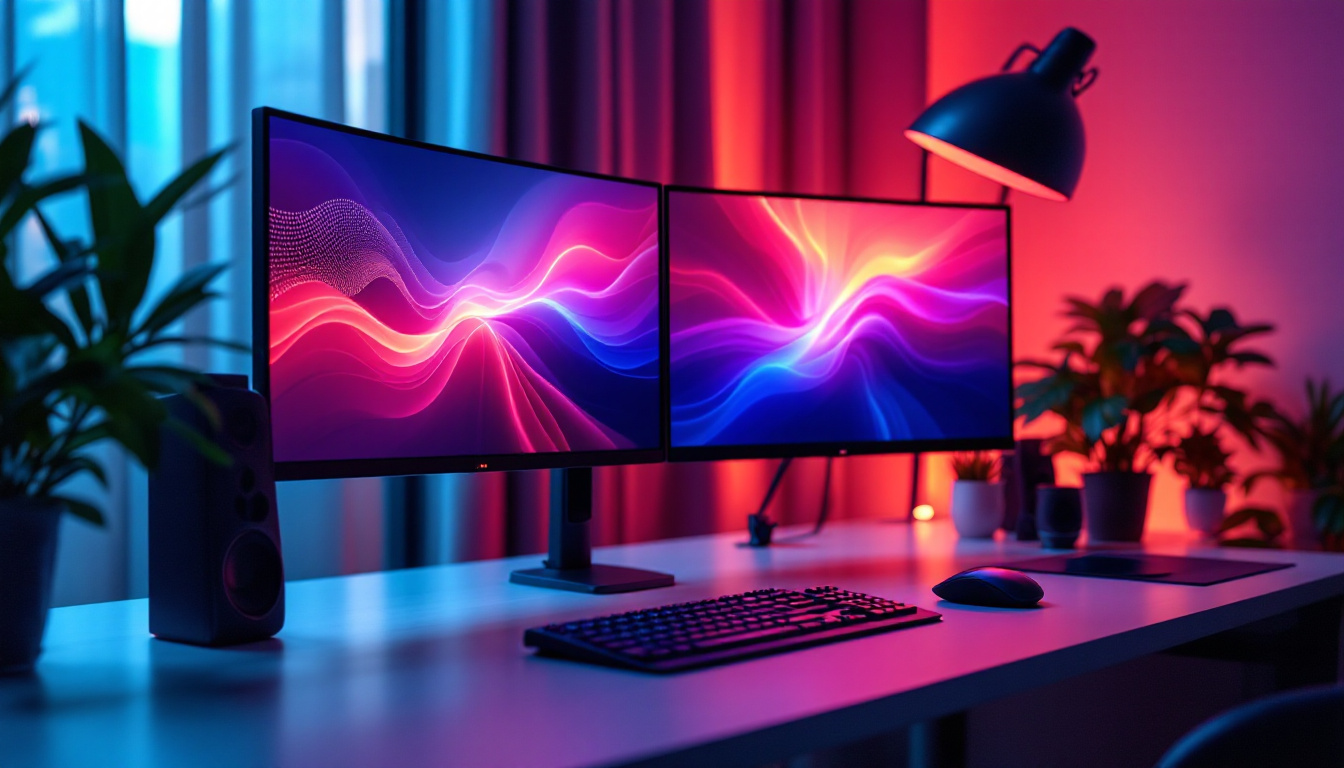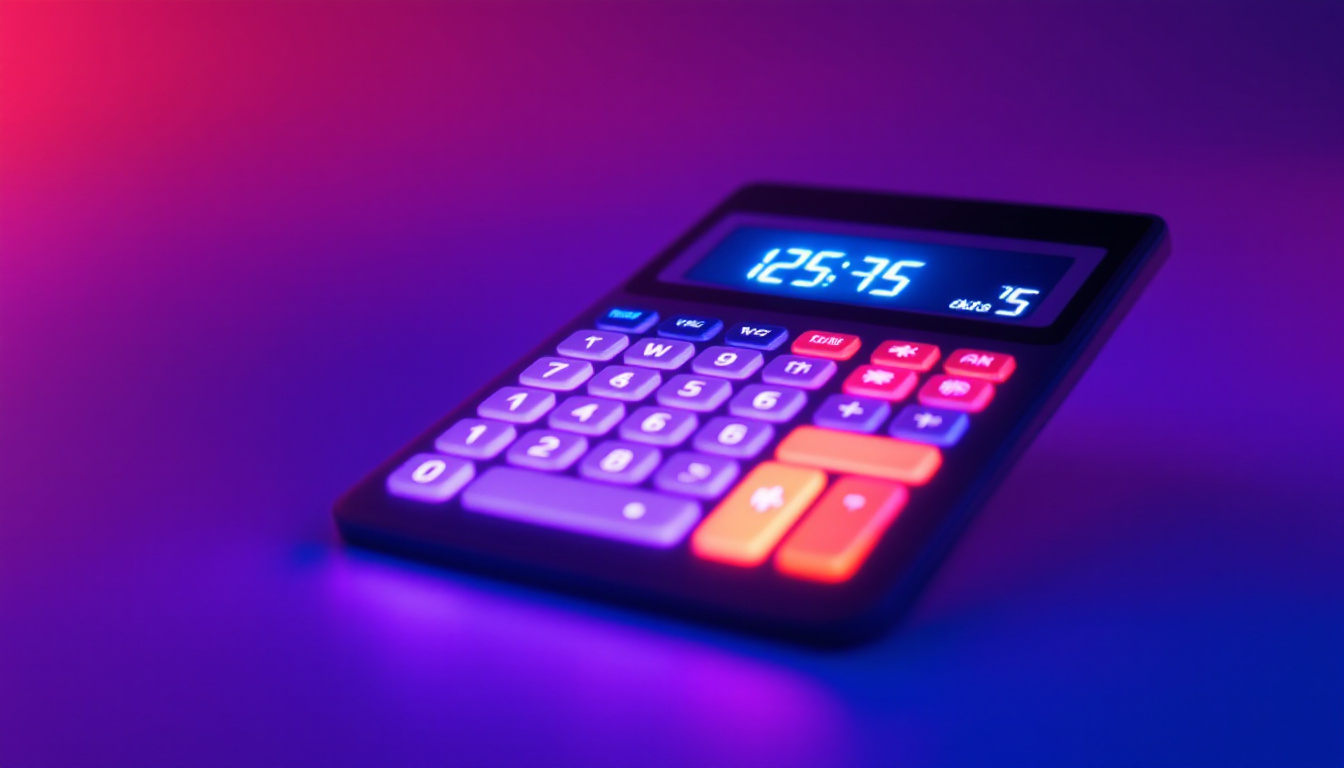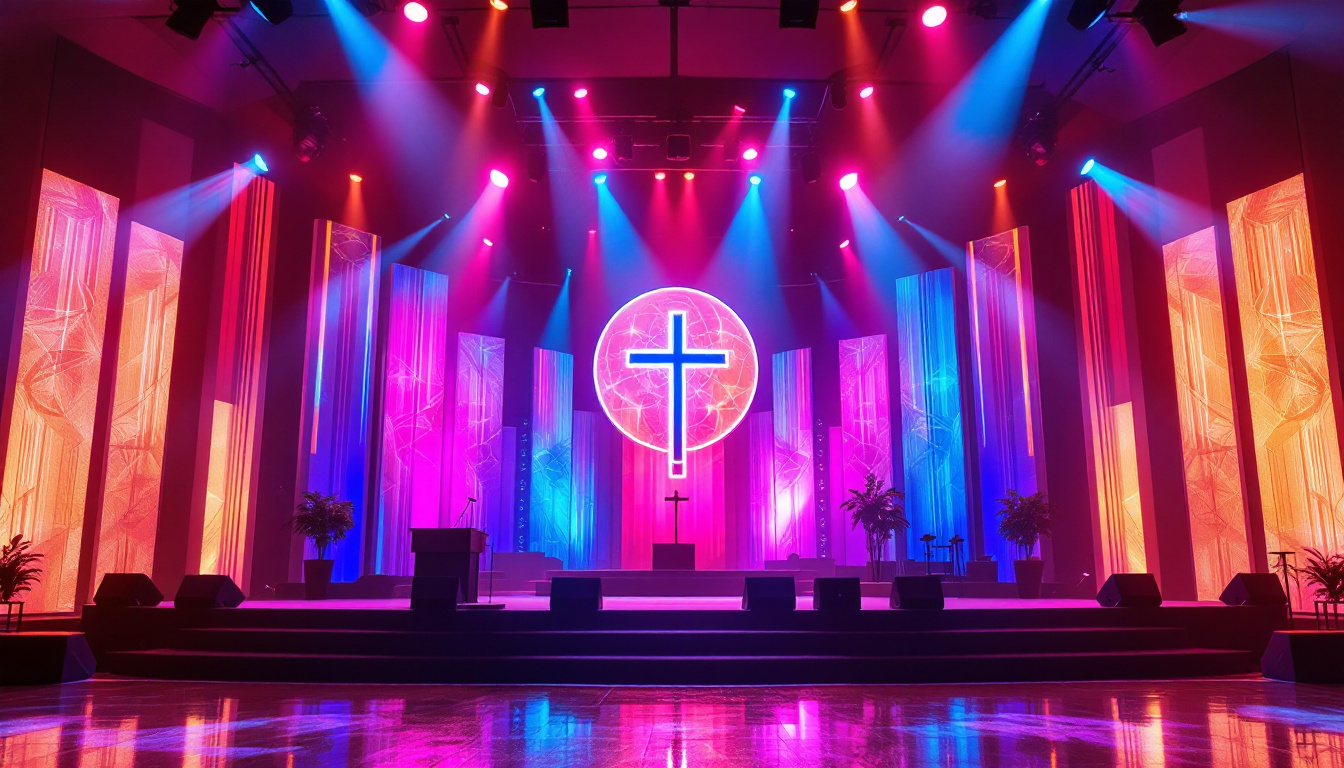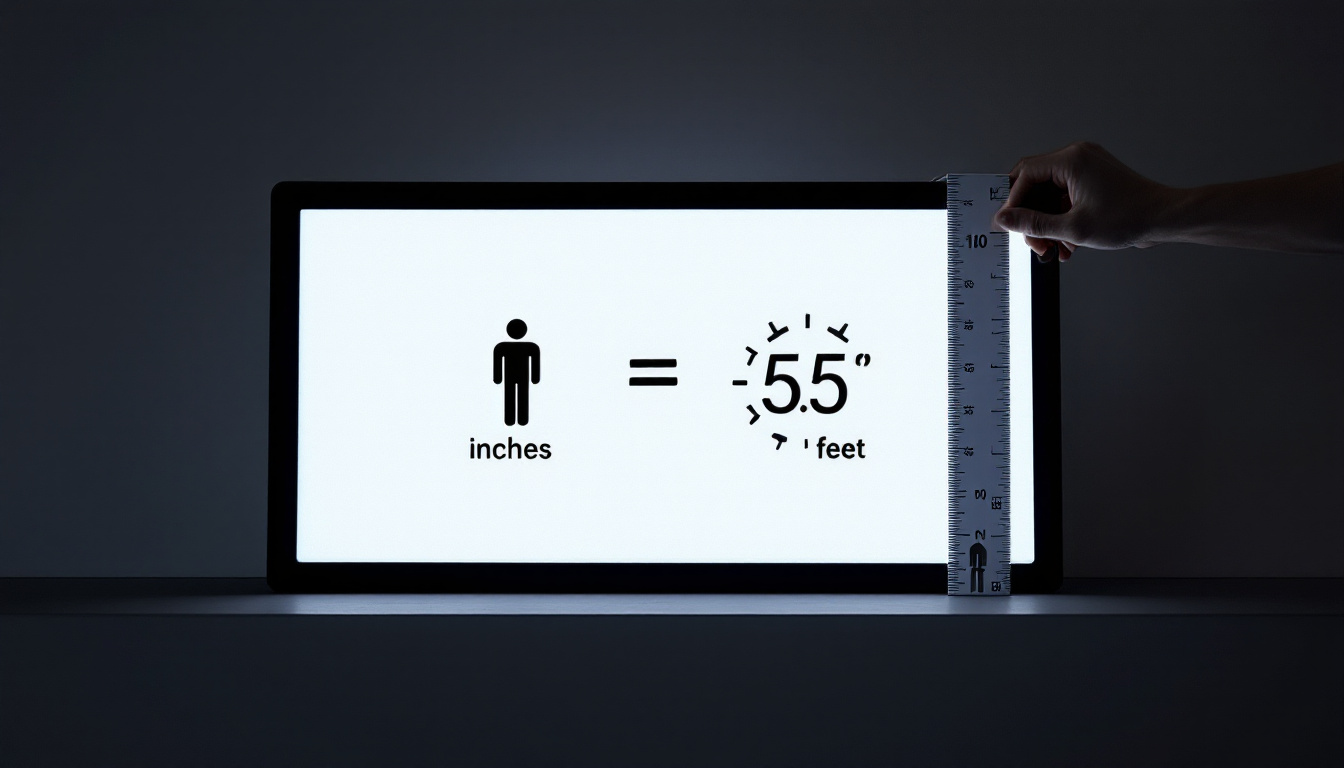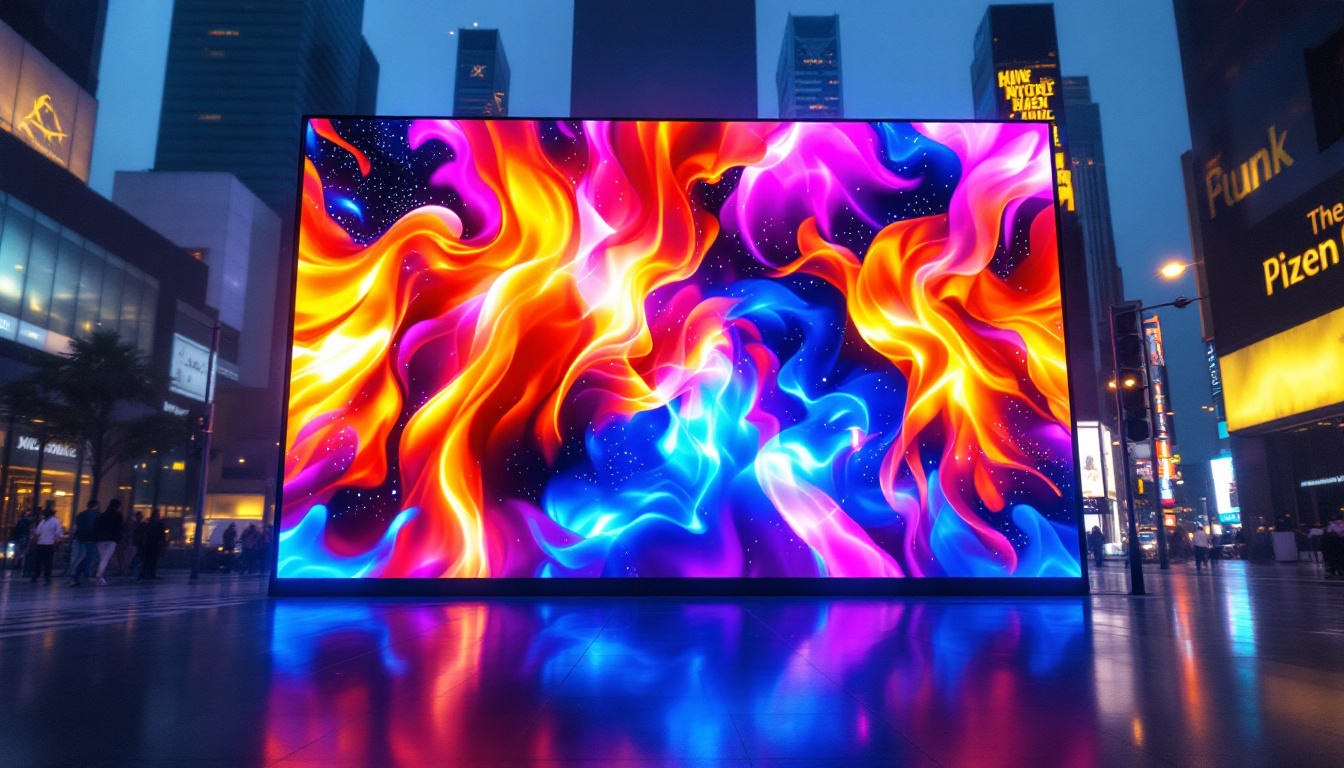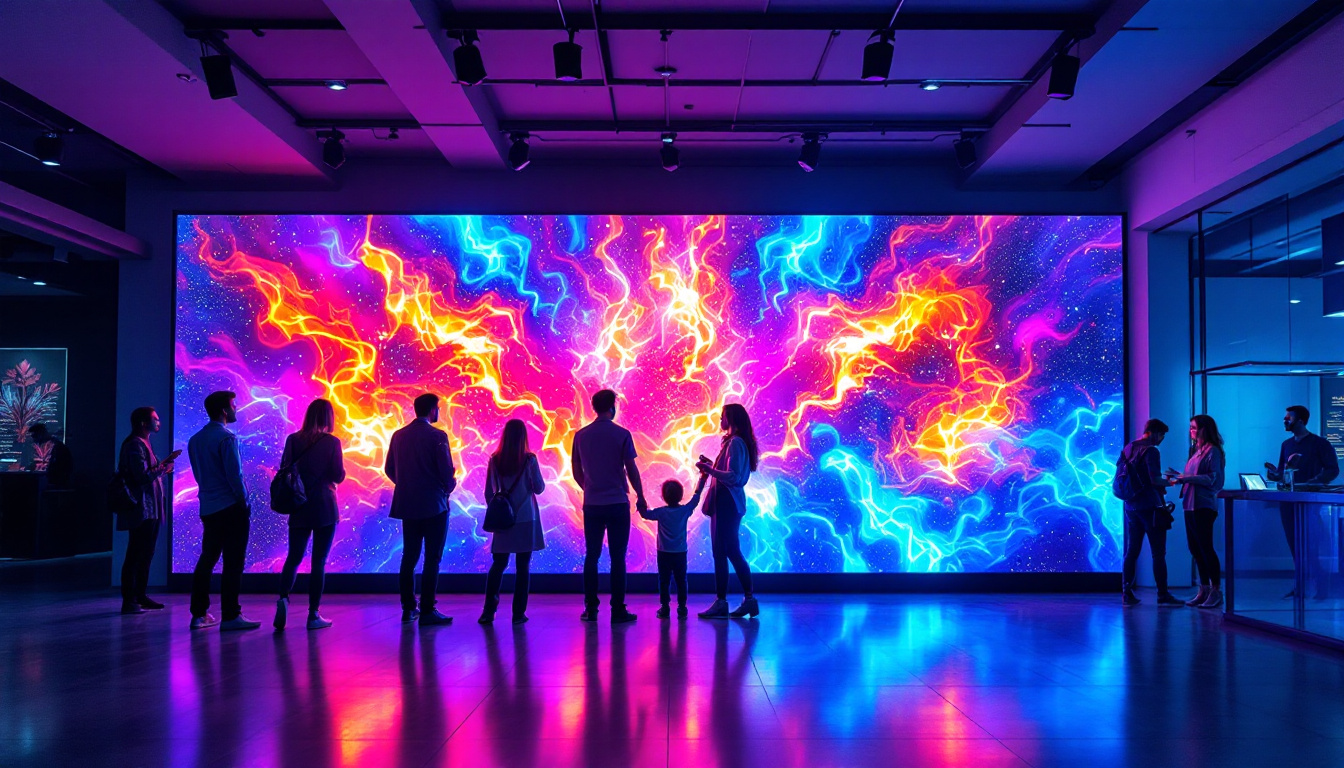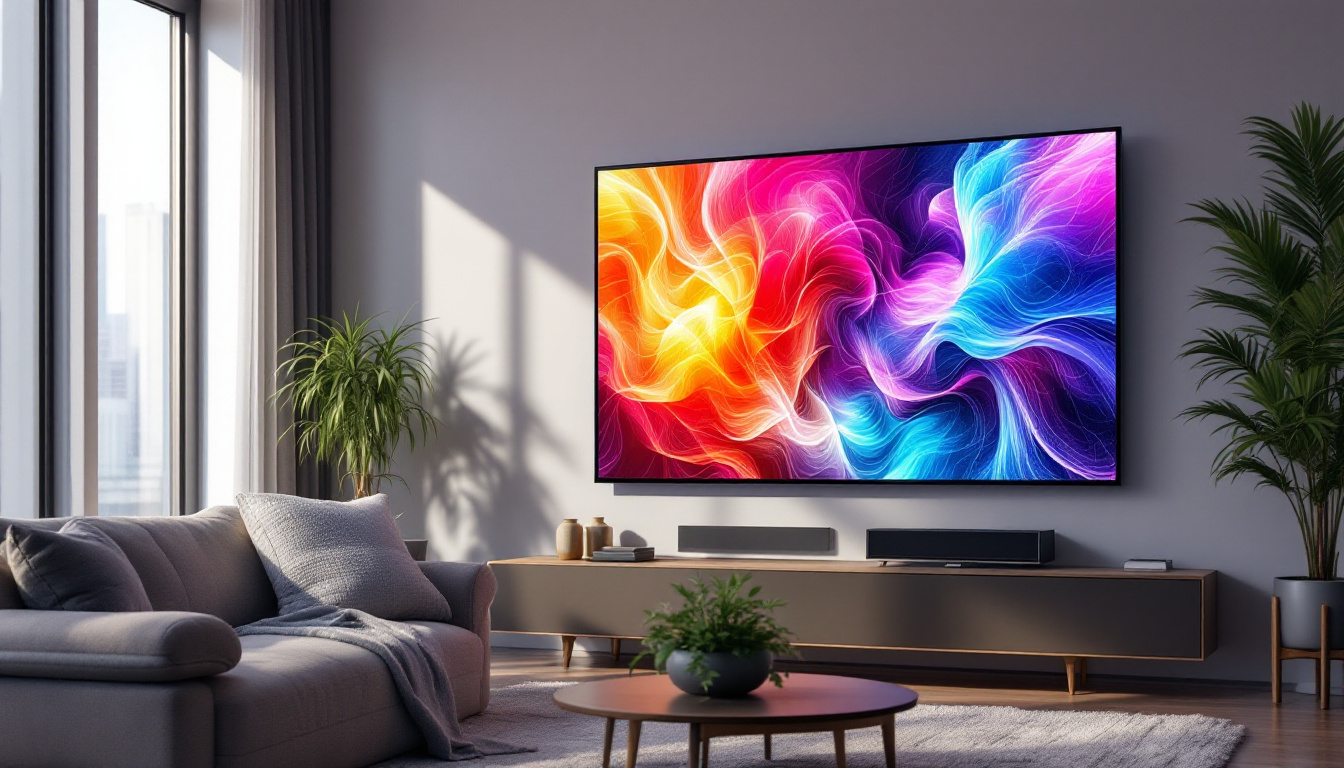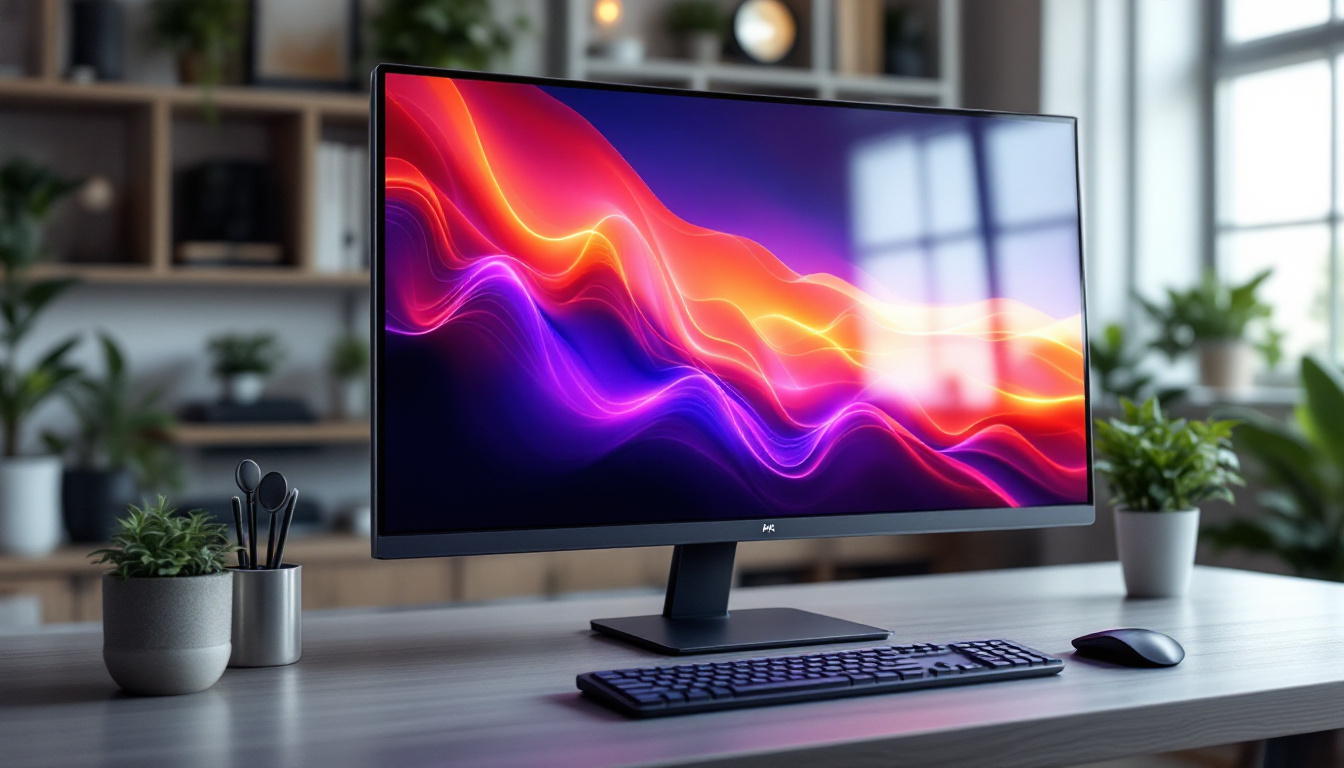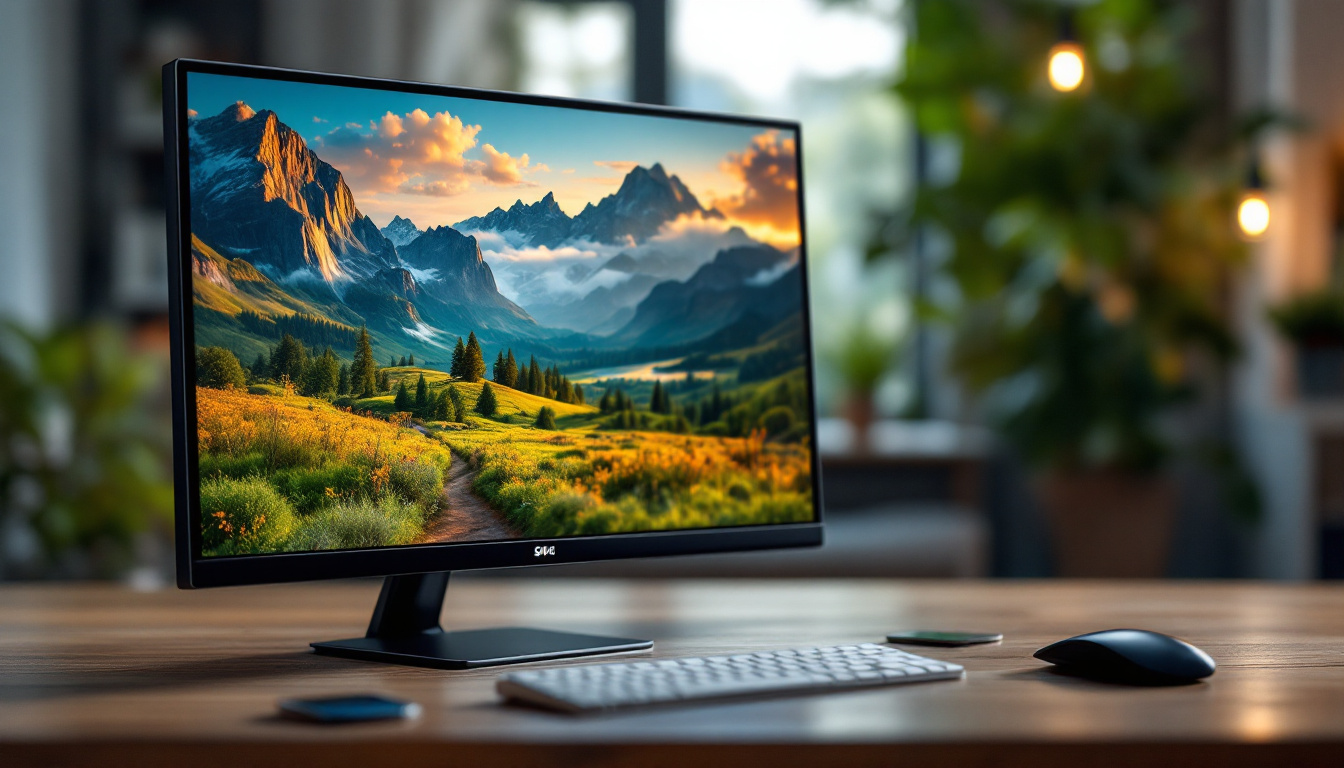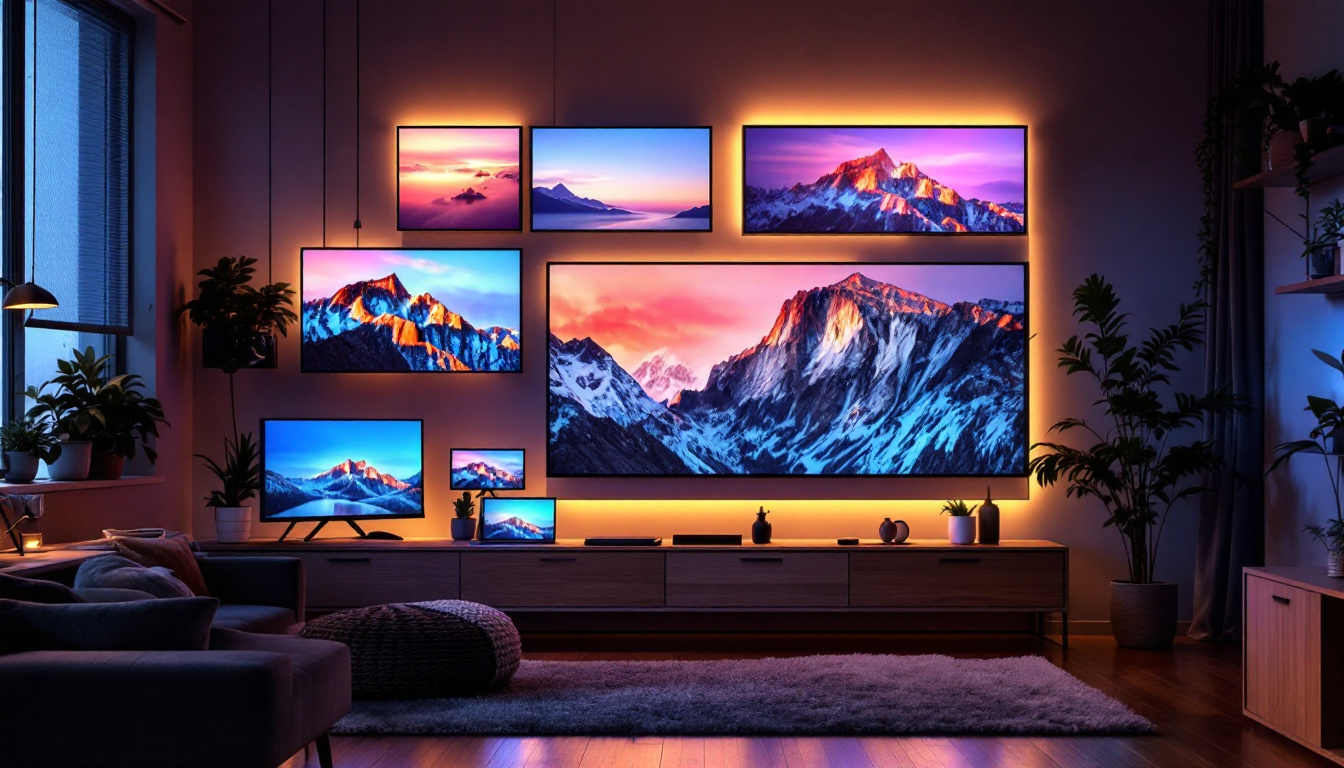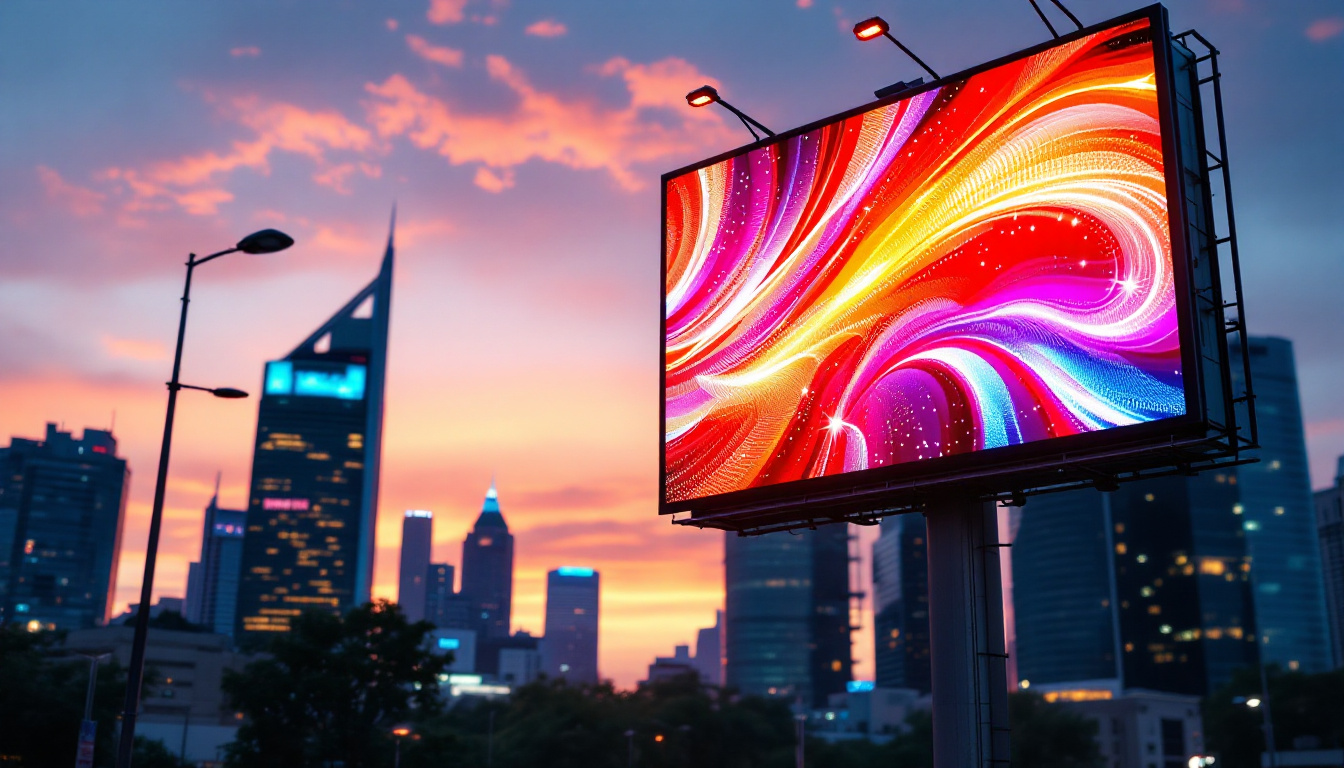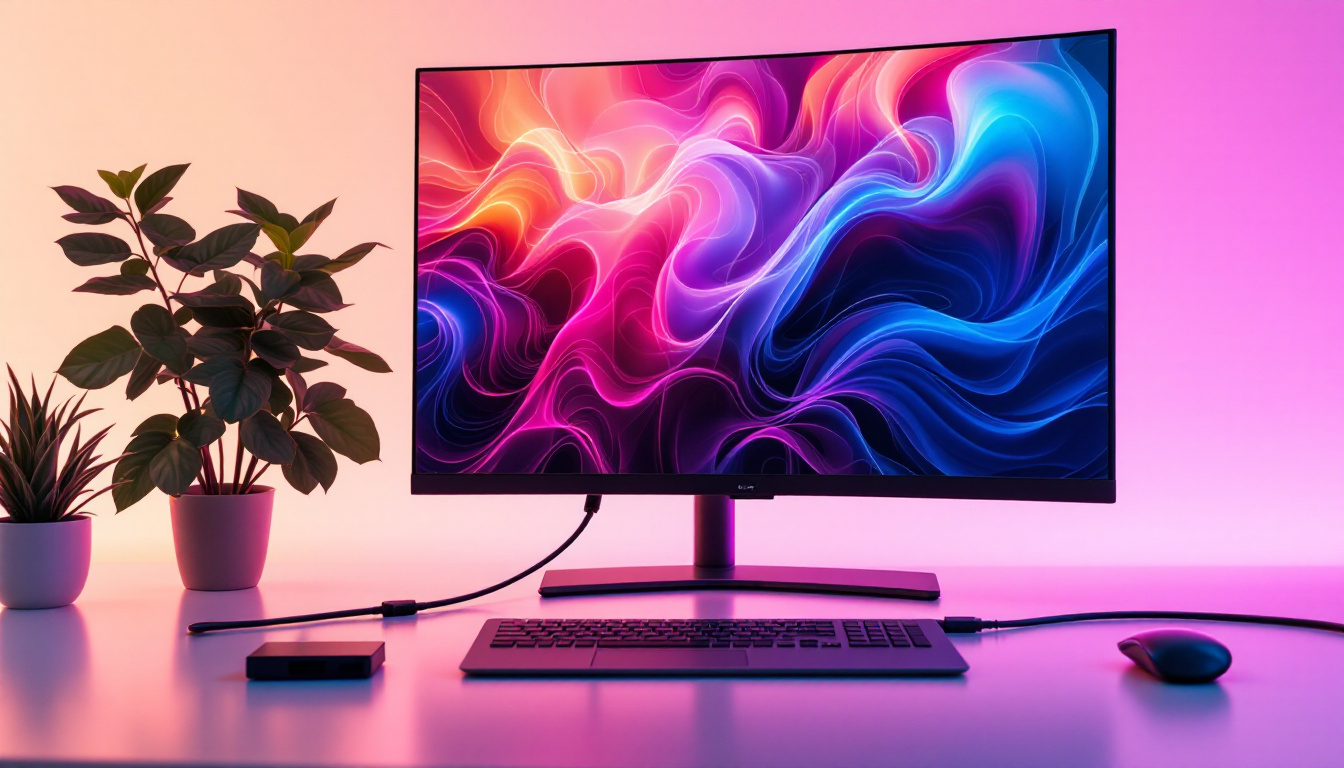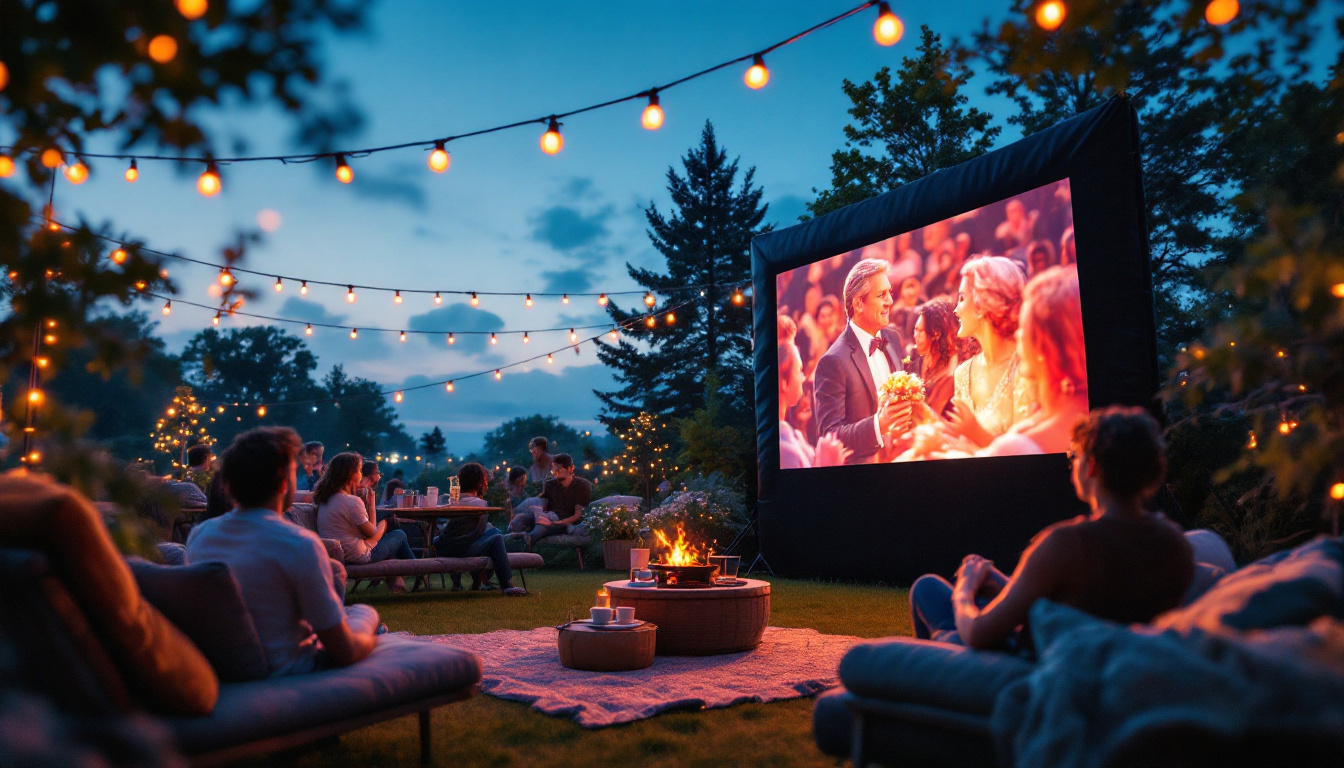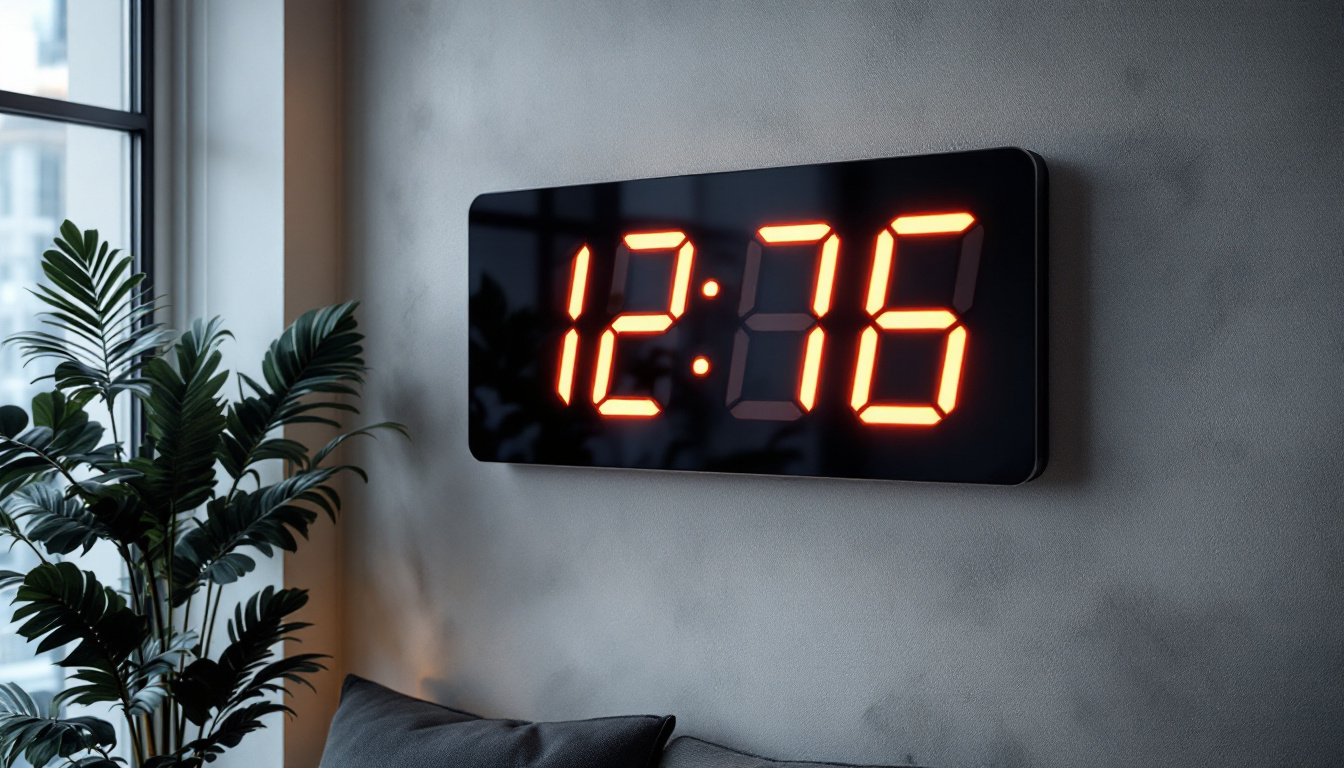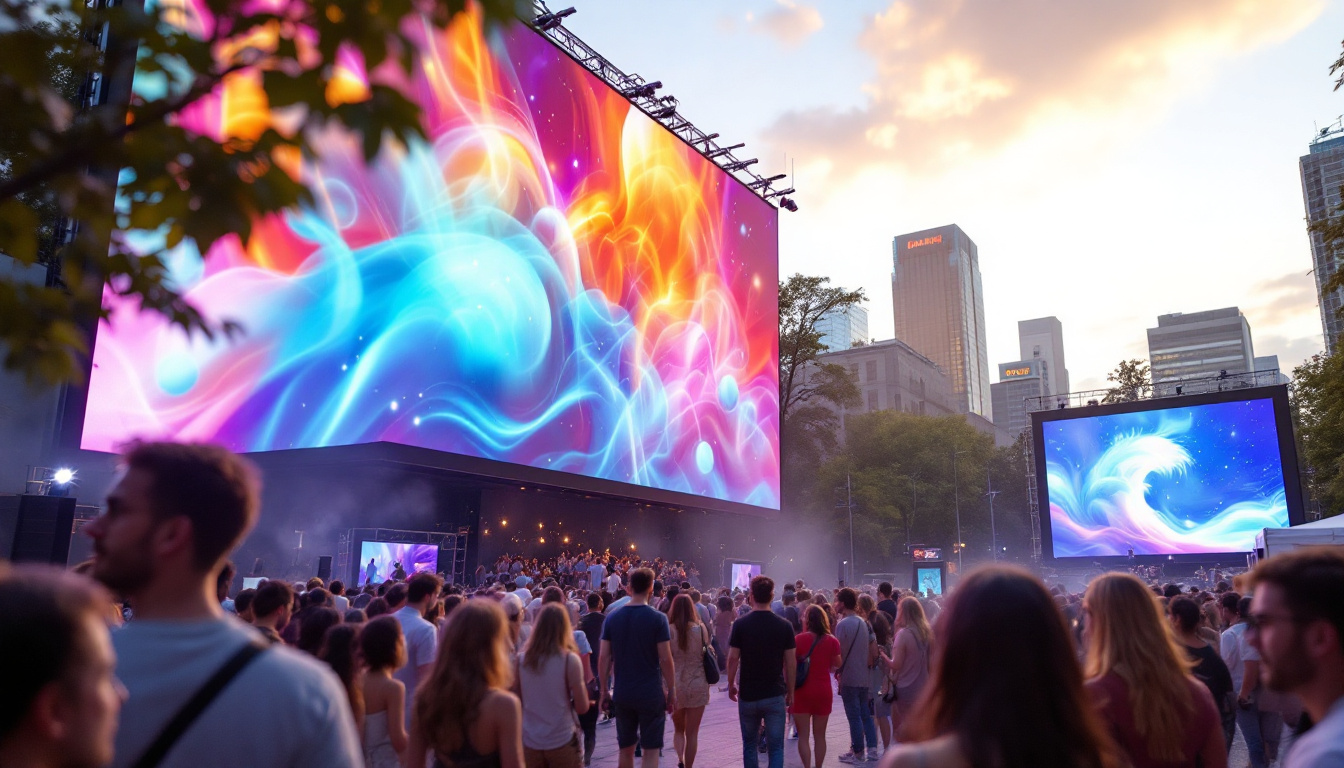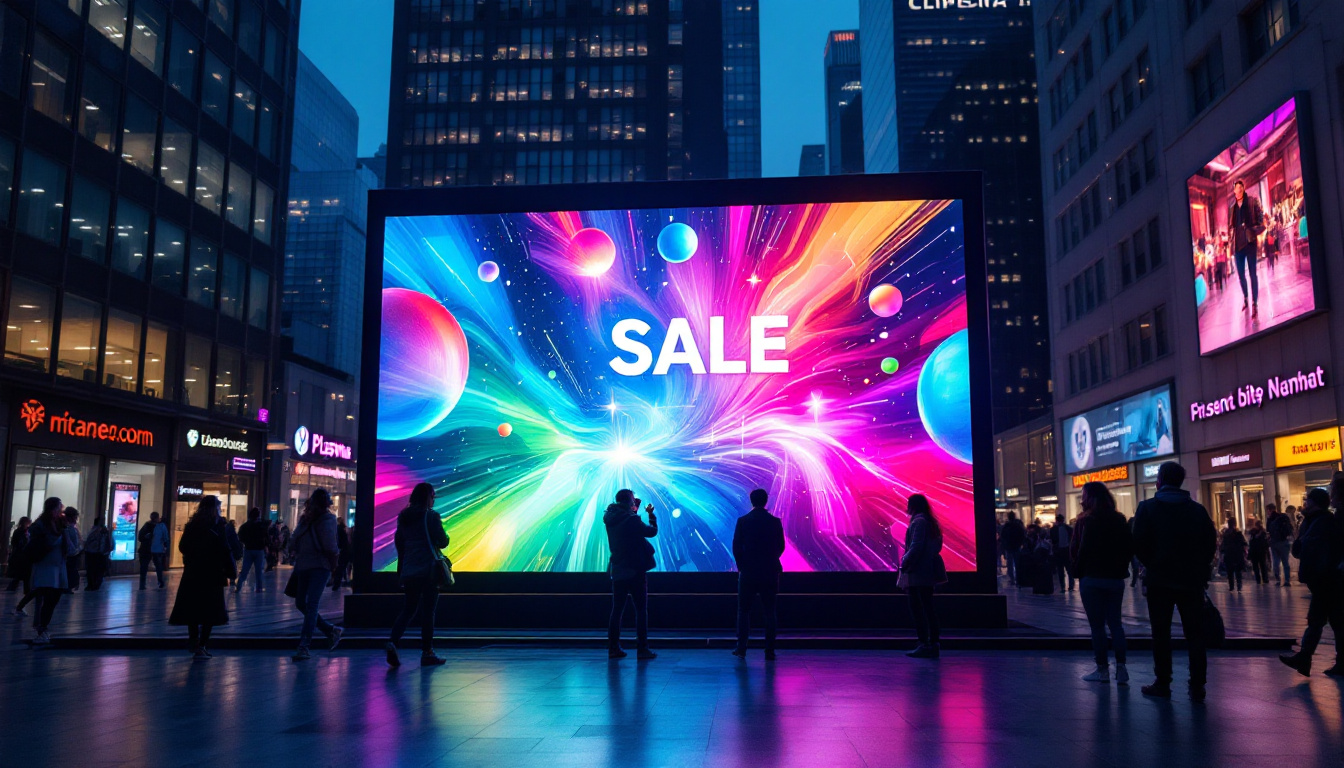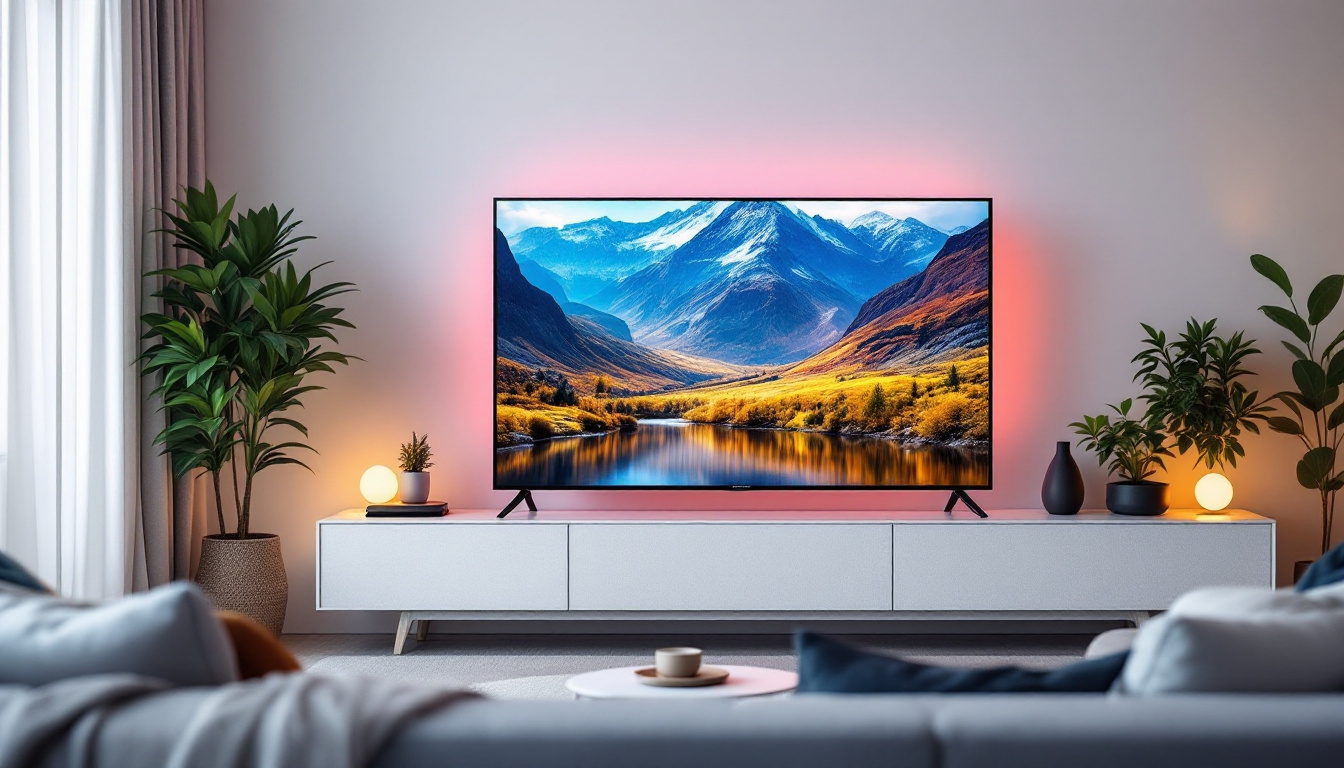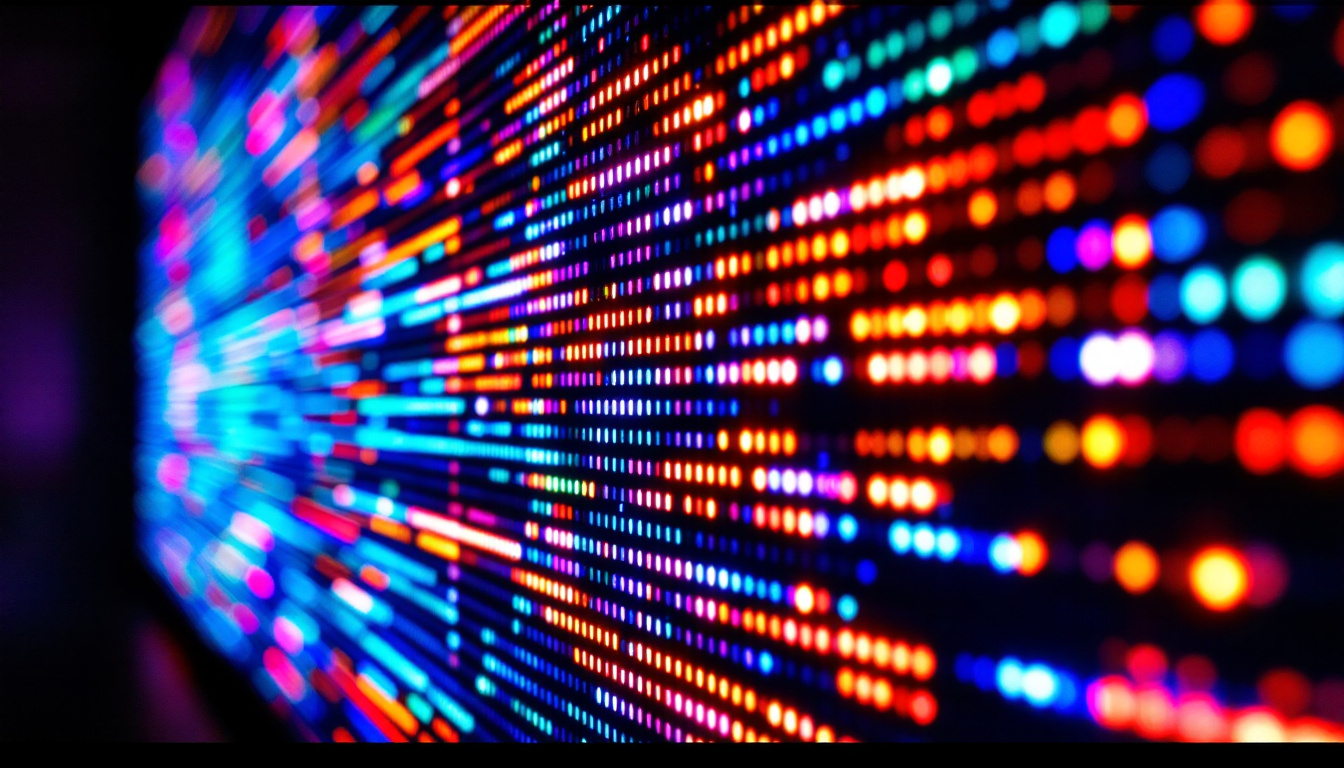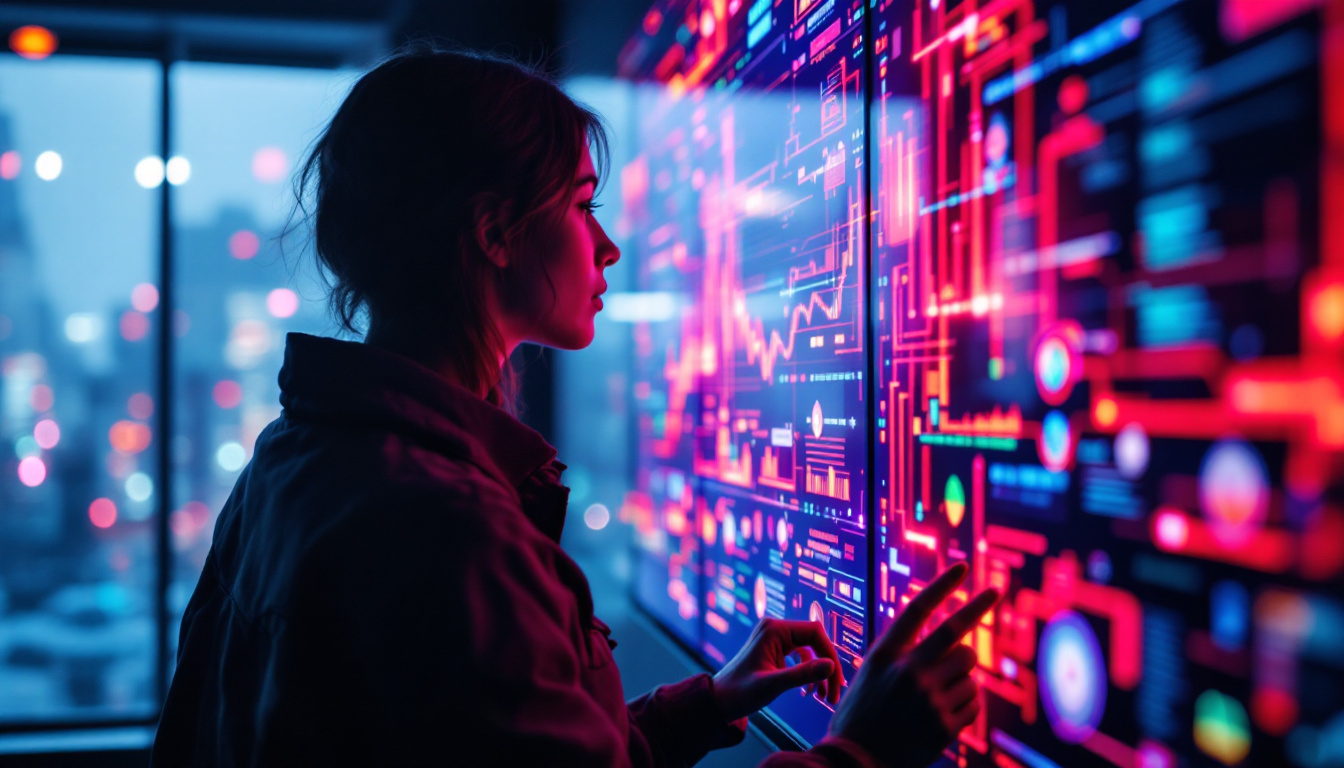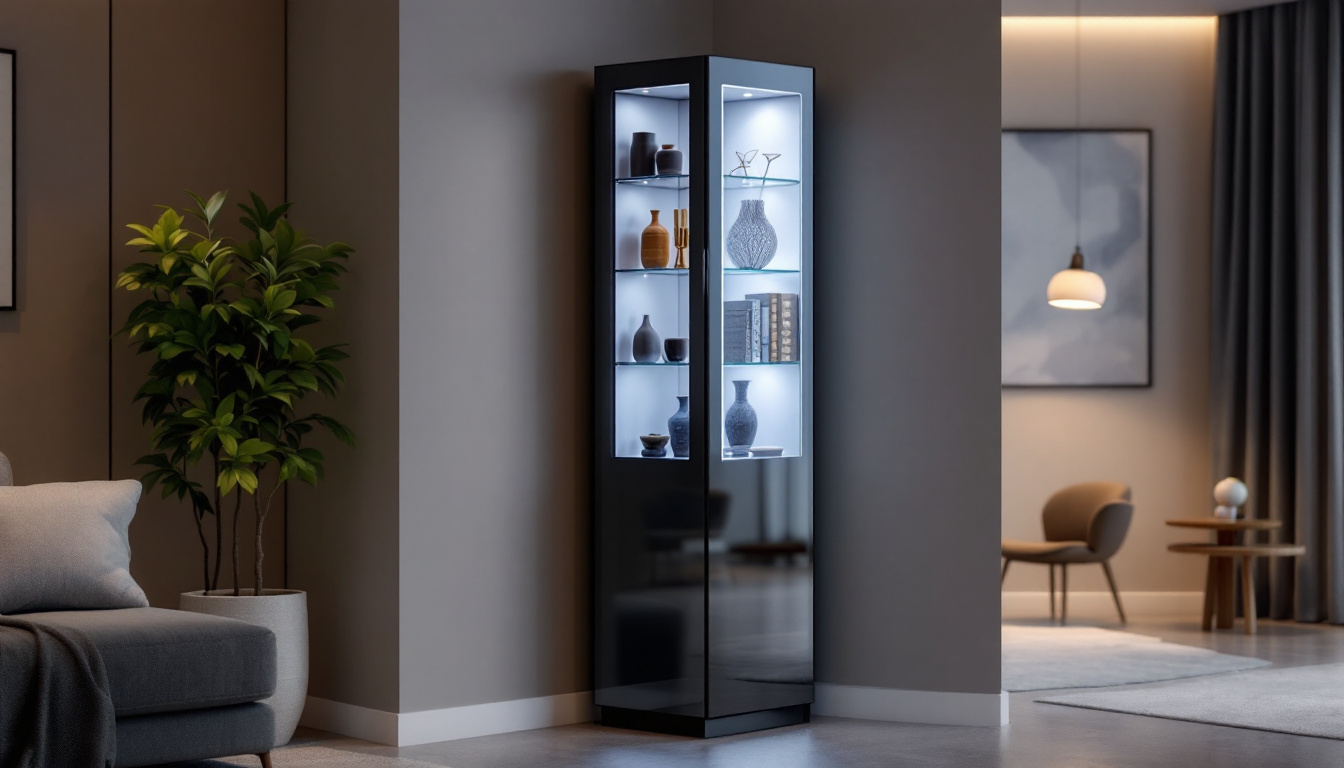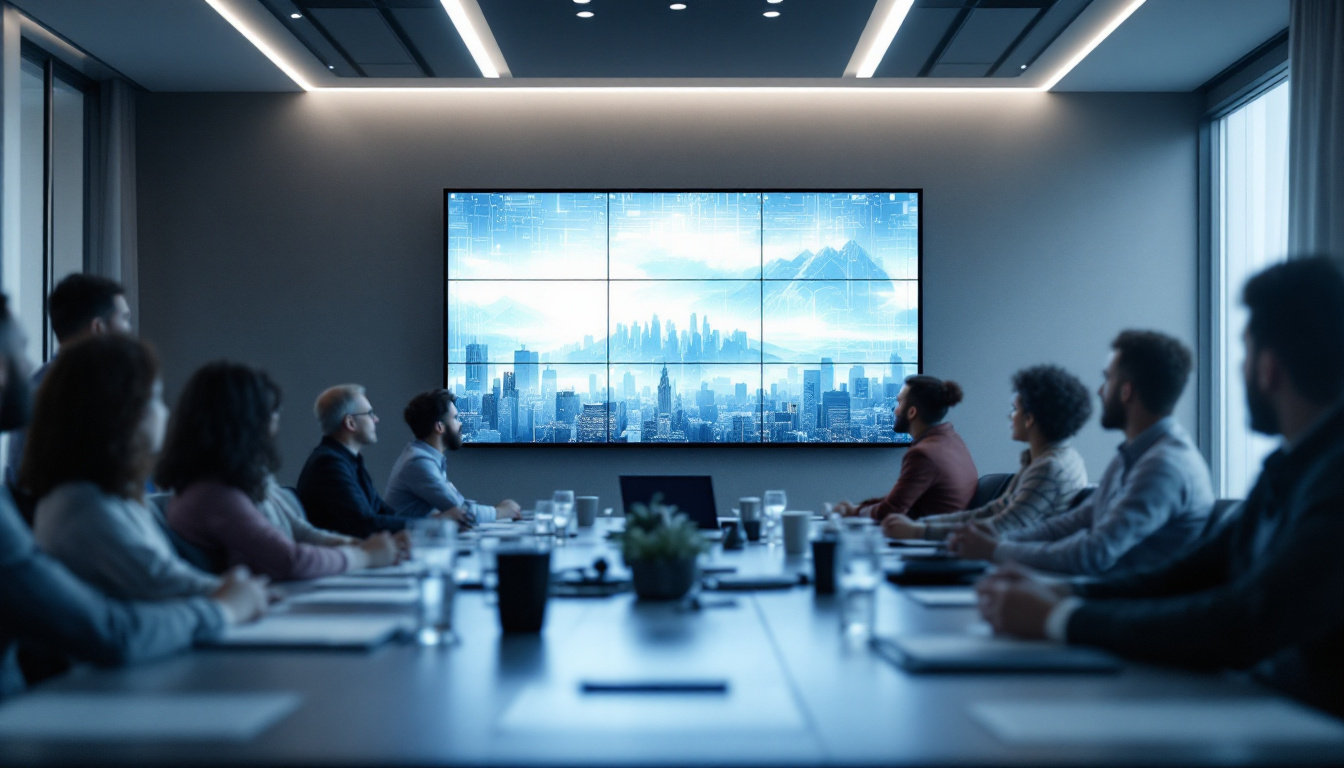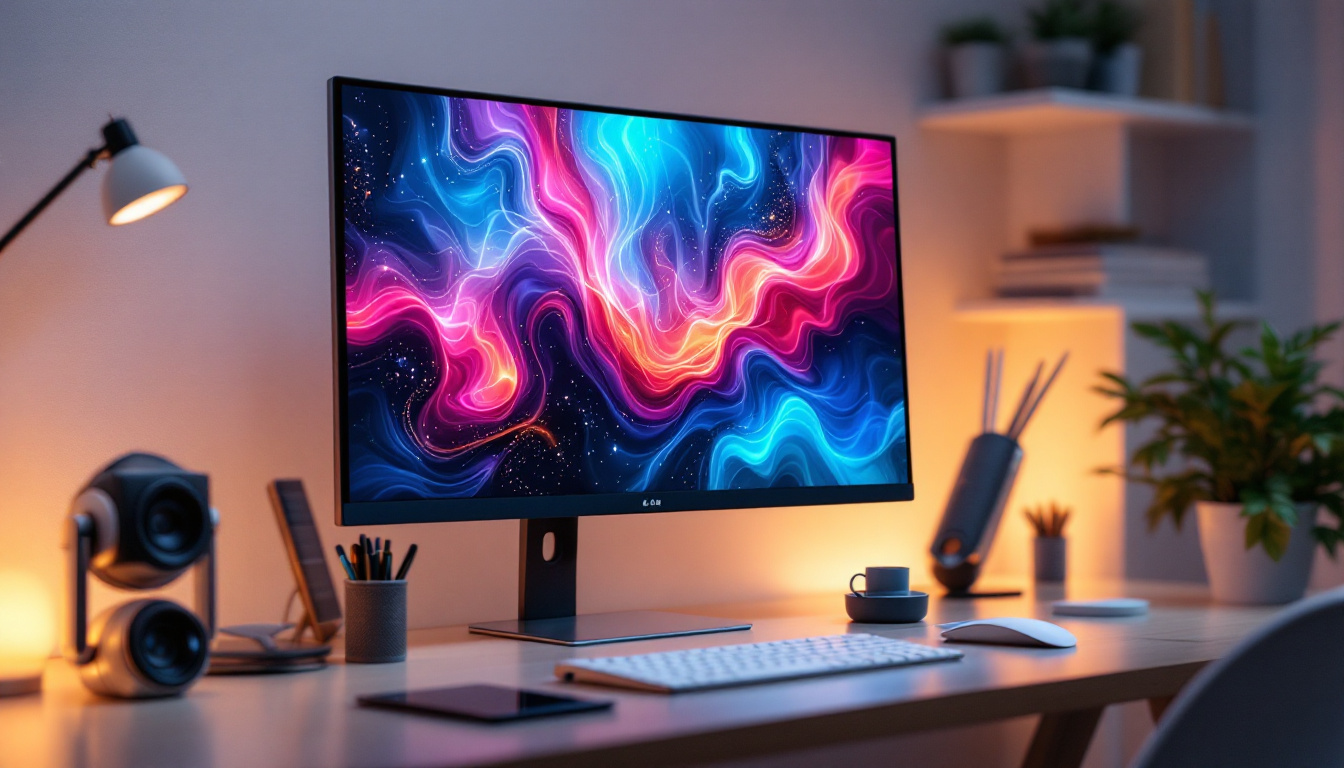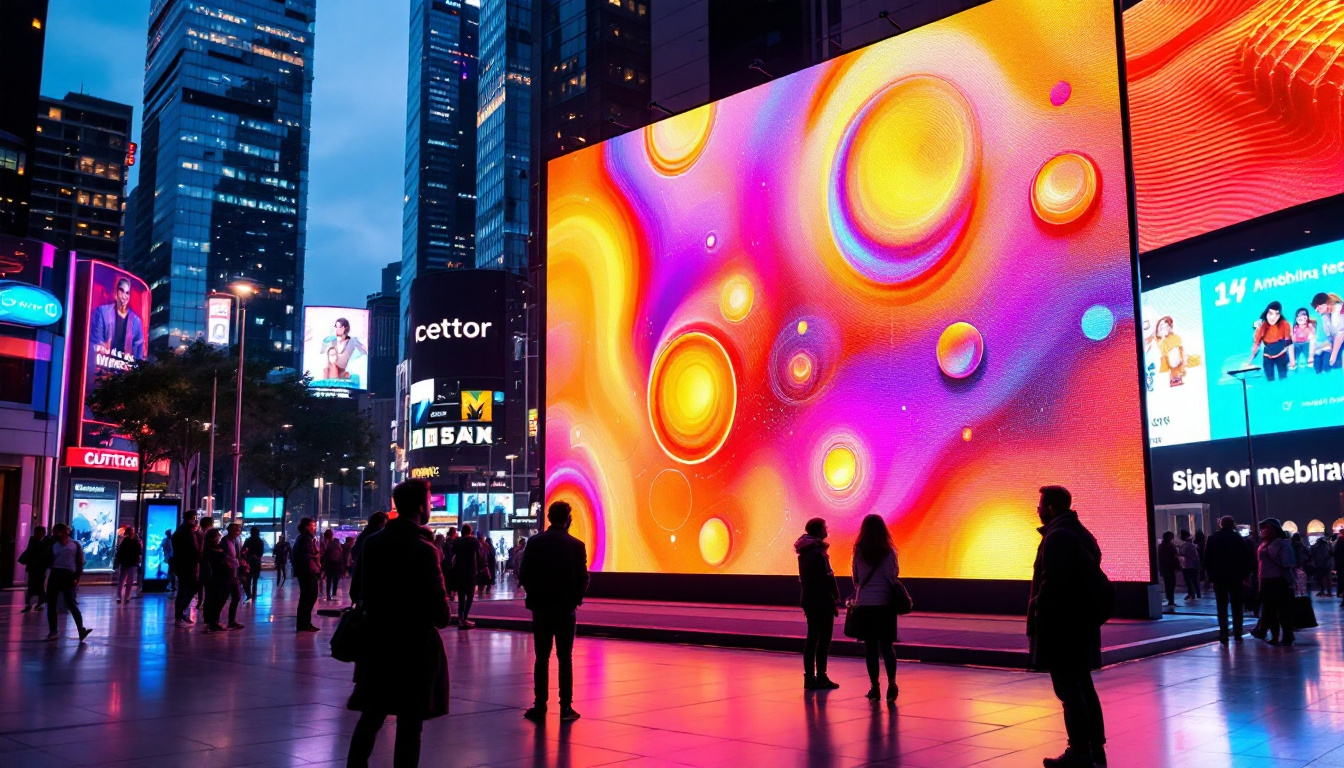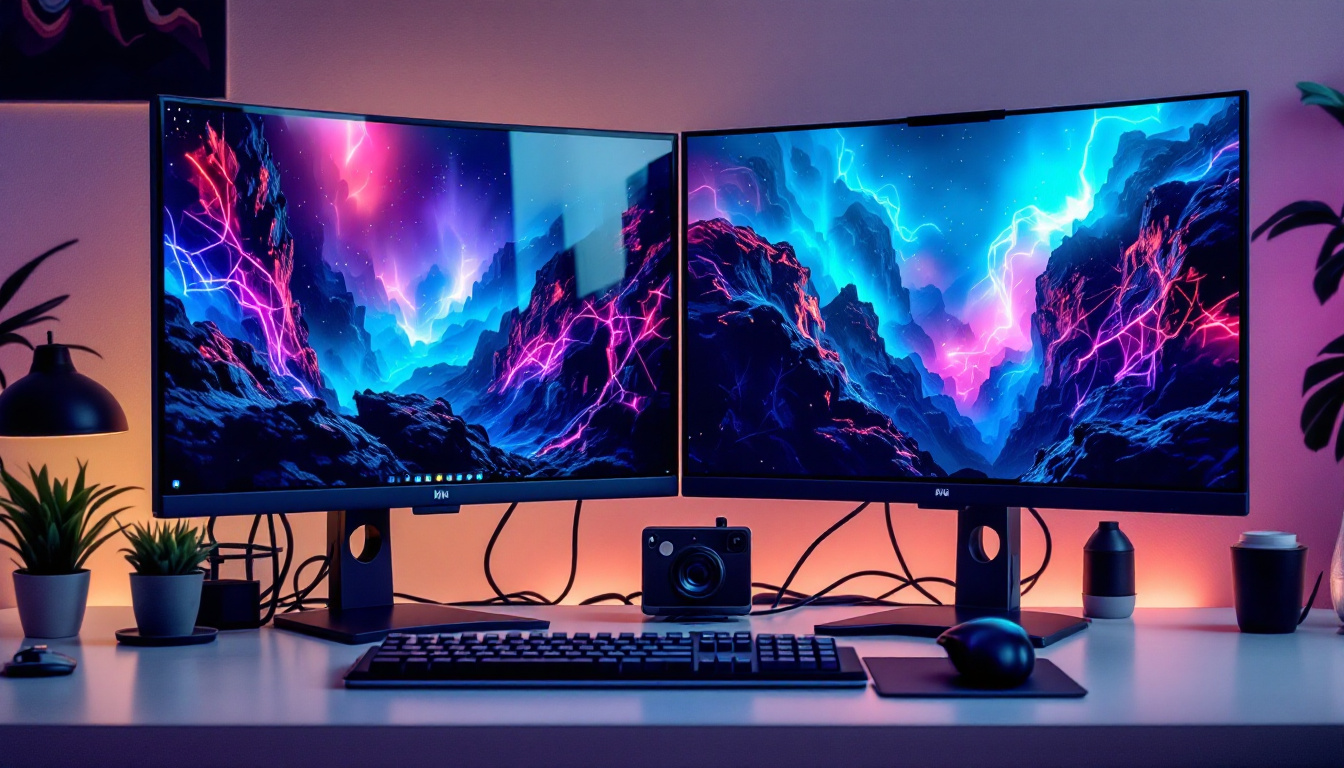In the modern business environment, effective communication and presentation are paramount. Boardrooms are no longer just spaces for meetings; they are dynamic environments that facilitate collaboration and innovation. One of the most significant advancements in boardroom technology is the integration of LED displays. This article delves into the various aspects of LED displays in boardroom setups, exploring their benefits, types, and essential considerations for implementation.
The Importance of LED Displays in Boardrooms
LED displays have transformed the way information is presented in boardrooms. Unlike traditional projectors or screens, LED technology offers superior clarity, brightness, and versatility. These displays enhance the overall meeting experience, making it easier for participants to engage with the content being shared.
Enhanced Visual Clarity
One of the most notable advantages of LED displays is their exceptional visual clarity. With high resolution and vibrant colors, LED screens ensure that every detail is visible, even in well-lit environments. This clarity is crucial during presentations, as it allows all participants to absorb the information being conveyed without straining their eyes.
Moreover, LED displays maintain consistent brightness levels across the screen, eliminating issues like color fading or distortion that can occur with traditional projection methods. This reliability enhances the professionalism of presentations and ensures that the focus remains on the content rather than the technology. The ability to display high-definition images and videos also allows for more dynamic presentations, where visual storytelling can significantly enhance the message being communicated.
Improved Collaboration
Collaboration is at the heart of effective boardroom meetings. LED displays facilitate this by providing a platform for interactive presentations and real-time data sharing. Many modern LED screens come equipped with touch capabilities, allowing users to annotate, highlight, or manipulate content directly on the display.
This interactivity fosters greater engagement among participants, encouraging them to contribute ideas and feedback during discussions. Additionally, the ability to share screens wirelessly enhances collaboration, as multiple users can connect their devices to the display seamlessly. This feature is particularly beneficial in hybrid meeting environments, where remote participants can also engage in discussions as if they were physically present. The integration of video conferencing tools with LED displays further bridges the gap between in-person and remote attendees, ensuring that everyone has a voice and can participate fully in the meeting process.
Furthermore, the versatility of LED displays allows for the integration of various content types, from graphs and charts to live data feeds. This capability enables teams to make informed decisions based on real-time information, enhancing the overall productivity of meetings. The ability to switch between different content formats without interruption also keeps the flow of the meeting smooth and engaging, allowing for a more dynamic exchange of ideas.
Types of LED Displays for Boardrooms
When considering an LED display for a boardroom, it’s essential to understand the different types available. Each type serves specific needs and can significantly impact the overall effectiveness of presentations and meetings.
Direct View LED (DVLED)
Direct View LED displays consist of individual LED modules that are assembled to create a larger screen. This type of display is known for its high brightness and excellent color reproduction, making it ideal for large boardrooms where visibility is crucial.
DVLED displays are particularly advantageous for video walls, as they can be customized to fit any size and shape. This flexibility allows organizations to create immersive environments that enhance the viewing experience, whether for presentations, video conferencing, or displaying critical data.
LED Backlit LCD Displays
LED backlit LCD displays use LED technology to illuminate the screen, providing a brighter and more vibrant image than traditional LCDs. These displays are commonly used in boardrooms due to their affordability and availability in various sizes.
While they may not offer the same level of brightness or color accuracy as DVLED displays, LED backlit LCDs are still an excellent choice for smaller meeting rooms or organizations with budget constraints. They provide a solid balance between performance and cost, making them a popular option for many businesses.
Interactive LED Displays
Interactive LED displays take collaboration to the next level by allowing users to engage directly with the content on the screen. These displays often feature touch-sensitive technology that enables users to draw, highlight, or manipulate data in real time.
Interactive displays are particularly beneficial for brainstorming sessions and workshops, where participants can contribute ideas visually. This hands-on approach not only enhances engagement but also fosters creativity and innovation within teams.
Key Considerations for Implementing LED Displays
Integrating LED displays into a boardroom setup requires careful planning and consideration. Several factors must be evaluated to ensure that the chosen display meets the organization’s needs effectively.
Room Size and Layout
The size and layout of the boardroom play a significant role in determining the appropriate LED display. Larger rooms may require bigger screens or video walls to ensure visibility for all participants. Conversely, smaller rooms may benefit from compact displays that do not overwhelm the space.
Additionally, the layout of the room should be considered. For instance, if the seating arrangement is circular or U-shaped, a centrally located display may be more effective than one positioned at the front of the room. Understanding the dynamics of the space will help optimize the viewing experience.
Connectivity Options
In today’s digital age, connectivity is crucial for seamless presentations and collaboration. When selecting an LED display, it is essential to consider the available connectivity options. Most modern displays support various input methods, including HDMI, USB-C, and wireless connections.
Ensuring compatibility with existing devices and software is vital for a smooth transition to the new technology. Additionally, features such as screen mirroring and remote access can significantly enhance the usability of the display, allowing for greater flexibility during meetings.
Budget Constraints
While LED displays offer numerous benefits, budget constraints are a common consideration for many organizations. It is essential to evaluate the total cost of ownership, which includes not only the initial purchase price but also installation, maintenance, and potential upgrades.
Organizations should conduct a thorough cost-benefit analysis to determine the most suitable display type for their specific needs. Investing in high-quality technology can yield significant returns in terms of improved productivity and enhanced communication.
Best Practices for Using LED Displays in Boardrooms
Once an LED display has been selected and installed, implementing best practices can maximize its effectiveness in boardroom settings. These practices ensure that the technology is used to its full potential, enhancing the overall meeting experience.
Regular Maintenance and Updates
Like any technology, LED displays require regular maintenance to function optimally. This includes routine cleaning, software updates, and checks for any potential issues. Establishing a maintenance schedule can help prevent unexpected malfunctions and extend the lifespan of the display.
Additionally, keeping the display’s software updated ensures compatibility with the latest applications and features, enhancing usability and security. Organizations should designate a team member to oversee these tasks and ensure that the display remains in top condition.
Training and Familiarization
To fully leverage the capabilities of an LED display, it is essential to provide training for all users. Familiarizing team members with the display’s features, such as screen sharing, annotation tools, and interactive capabilities, can significantly enhance their confidence and effectiveness during presentations.
Training sessions can be conducted during onboarding or as part of a regular technology update. Encouraging users to explore the display’s functionalities can lead to more dynamic and engaging meetings.
Creating Engaging Content
The effectiveness of an LED display is not solely dependent on the technology itself but also on the quality of the content being presented. Creating visually appealing and engaging presentations can significantly enhance the impact of meetings.
Utilizing high-quality images, videos, and graphics can make presentations more captivating. Additionally, incorporating interactive elements, such as polls or Q&A sessions, can foster greater participation and engagement among attendees.
The Future of LED Displays in Boardrooms
As technology continues to evolve, the future of LED displays in boardrooms looks promising. Innovations such as artificial intelligence and augmented reality are beginning to influence how these displays are used in professional settings.
Integration with AI Technology
Artificial intelligence has the potential to revolutionize the way information is presented in boardrooms. AI-powered displays can analyze data in real time, providing insights and recommendations based on the content being shared. This capability can enhance decision-making processes and streamline discussions.
Furthermore, AI can assist in personalizing presentations based on audience preferences, making meetings more relevant and engaging. As organizations continue to embrace digital transformation, the integration of AI with LED displays will likely become more prevalent.
Augmented Reality Enhancements
Augmented reality (AR) is another exciting development that could shape the future of boardroom presentations. By overlaying digital information onto the physical environment, AR can create immersive experiences that enhance understanding and retention of complex information.
For instance, during product demonstrations or architectural presentations, AR can provide a 3D visualization that allows participants to interact with the content in a more meaningful way. As AR technology becomes more accessible, its integration with LED displays may redefine how information is communicated in boardrooms.
Conclusion
In summary, LED displays have become an integral part of modern boardroom setups, enhancing communication, collaboration, and overall meeting effectiveness. With various types of displays available, organizations must carefully consider their specific needs, room layout, and budget constraints when selecting the right technology.
By implementing best practices and staying abreast of emerging trends, businesses can maximize the benefits of LED displays, creating dynamic and engaging environments that foster innovation and productivity. As technology continues to evolve, the potential for LED displays in boardrooms will only expand, paving the way for more interactive and impactful meetings.
Discover LumenMatrix LED Display Solutions
Ready to elevate your boardroom with the latest in LED display technology? LumenMatrix offers a comprehensive range of cutting-edge LED display modules tailored to meet your business needs. From captivating Indoor LED Wall Displays to versatile All-in-One LED Displays, our solutions are designed to enhance engagement and communicate your message with unparalleled clarity. Experience the future of visual communication and transform your meetings into dynamic, collaborative sessions. Check out LumenMatrix LED Display Solutions today and see the difference for yourself.

